
The post Wildlife Watching in Great Sand Dunes National Park: A Complete List appeared first on A-Z Animals.
Rising from the floor of southern Colorado’s San Luis Valley, Great Sand Dunes National Park is famed for North America’s tallest dunes—some soaring over 750 feet high. But this wild park is far more than wind-sculpted sand: it encompasses alpine tundra, lush forests, rippling wetlands, and desert grasslands across nearly 150,000 acres. Each year, over 400,000 visitors explore its diverse habitats, hoping to catch a glimpse of the rich wildlife that calls the park home. Whether you hike, camp, or just enjoy the ever-changing light on the dunes, prepare for encounters with animal species that might surprise you.
Mule Deer (Odocoileus hemionus)

Mule Deer (
Odocoileus hemionus)
©John Boland/Shutterstock.com
Perhaps the park’s most commonly spotted mammal, mule deer browse open meadows and forests from the valley floor up to subalpine slopes. With their oversized ears and graceful leaps, mule deer are often seen grazing at dawn or dusk near forests and campgrounds, especially in spring and fall when food is plentiful. They readily adapt to changing seasons, seeking shelter in woodlands during winter snows and emerging in summer to feed near water and grasslands. Deer are most active in the fall breeding season, called the rut. You might be fortunate enough to see bucks clashing antlers or chasing does in areas where forest and meadow meet.
Sandhill Crane (Antigone canadensis)

)
©David Grimes/Shutterstock.com
Each spring and fall, over 20,000 sandhill cranes migrate through the San Luis Valley, creating a wildlife spectacle in the region. The tall, elegant birds touch down during their long migrations, filling the air with their unmistakable calls. Sunrise and sunset bring flocks to the shallow waters and meadows near the dunes, where they feed, dance, and rest in breathtaking numbers. The best time for crane photography and viewing is late February through mid-March and October along the wetlands and Medano Creek.
Rio Grande Cutthroat Trout (Oncorhynchus clarkii virginalis)
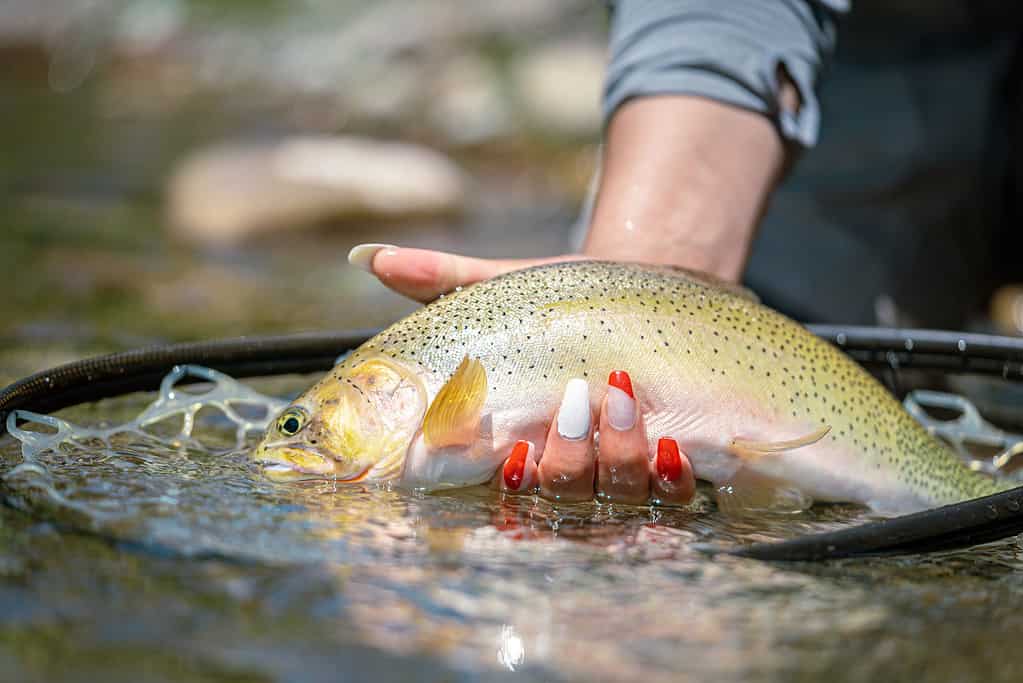
)
©iStock.com/Wirestock
Native to high mountain streams, the Rio Grande cutthroat trout glides through the park’s clear creeks—particularly in Medano and Sand Creeks. This brilliantly colored fish, with its bright red throat slash, is a symbol of healthy ecosystems. Visitors can observe them darting in sunlit pools, especially during early summer when the water is cool and clear. Catch-and-release fishing for them is allowed with a valid Colorado state fishing license.
Black Bear (Ursus americanus)

Black Bear (
Ursus americanus)
©Wirestock Creators/Shutterstock.com
Although sightings are rare, black bears range across the park’s forests and drainages, drawn by berries, acorns, and the abundant food along streambanks. Most active at dawn and dusk, bears are skillful foragers and keenly avoid crowds. Hikers in quiet areas, especially along riparian corridors in late summer and fall, should watch for fresh tracks or scat as a telltale sign of a bear’s recent visit. Campers need to take great care to seal up food and garbage to prevent attracting bears and teaching them to associate people with food.
Short-horned Lizard (Phrynosoma hernandesi)
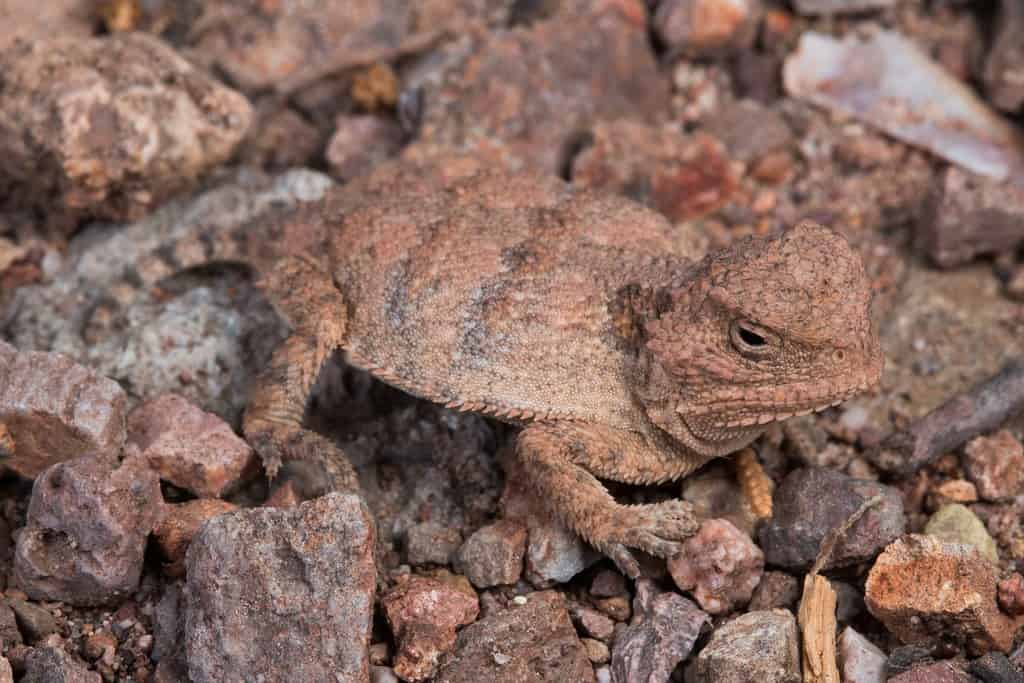
)
©Nathan A Shepard/Shutterstock.com
The park’s sandy grasslands shelter the short-horned lizard—a small, spiky reptile masterfully camouflaged among pebbles and plants. These “horned toads” are typically active during warm days in late spring and summer. They love to bask on sun-warmed earth before stalking insects. Patient visitors with sharp eyes may glimpse one scuttling along trails or freezing in stillness when danger approaches.
Mountain Lion (Puma concolor)

Mountain Lion (
Puma concolor)
©The Len/Shutterstock.com
As the apex predator of Great Sand Dunes, mountain lions maintain a low profile. Secretive and mostly nocturnal, these solitary cats roam the entire park, preying on mule deer and smaller animals. Tracks in the mud or snow, or a fleeting shadow at dusk, are the closest most visitors will get. Keep alert at dawn or dusk around remote trails for your best chance of a rare encounter. And keep your ears open at night for their haunting scream-like roar. Whether you see them or just signs of them, knowing lions share the landscape adds to the park’s wilderness mystique.
Abert’s Squirrel (Sciurus aberti)

)
©Sean R. Stubben/Shutterstock.com
Nicknamed “scrabbits” for their tufted ears reminiscent of rabbits, Abert’s squirrels are lively residents of the park’s ponderosa pine forests. Their busy foraging, leaping from branch to branch, and curious nature make them a delight for hikers heading into montane woods. You can spot them during daylight hours, especially in the mornings and late afternoons of spring, summer, and fall.
Golden Eagle (Aquila chrysaetos)

)
©alberto clemares exposito/Shutterstock.com
Patrolling the skies above the dunes and adjacent grasslands, golden eagles command awe with their size and power. Watch for these huge raptors soaring high, riding thermals in search of rabbits, ground squirrels, or even snakes. Autumn—when prey is on the move and trees are bare—is the best season for eagle watching, especially in the open spaces along the park boundary.
Great Sand Dunes Tiger Beetle (Cicindela theatina)

Great Sand Dunes Tiger Beetle (
Cicindela theatina)
©Andrew Balcombe/Shutterstock.com
This startlingly striped beetle lives only at Great Sand Dunes, where it sprints across open sand hunting smaller insects. On a warm summer afternoon you might see them dashing about the dunes’ surface—one of at least seven insect species unique to the park. Its limited range makes every sighting a special treat for curious naturalists and children.
Elk (Cervus canadensis)

)
©Swaroop Pixs/Shutterstock.com
The largest land mammals in the park, elk are often seen in meadows and open woods near dawn and dusk, especially in fall and winter. Listen for bugling calls during the late August through October rutting season, when males gather harems in the valleys below the dunes. Tracks and droppings are easy to spot, and the sight of an elk herd foraging against the dune backdrop is unforgettable.
Western Terrestrial Garter Snake (Thamnophis elegans)
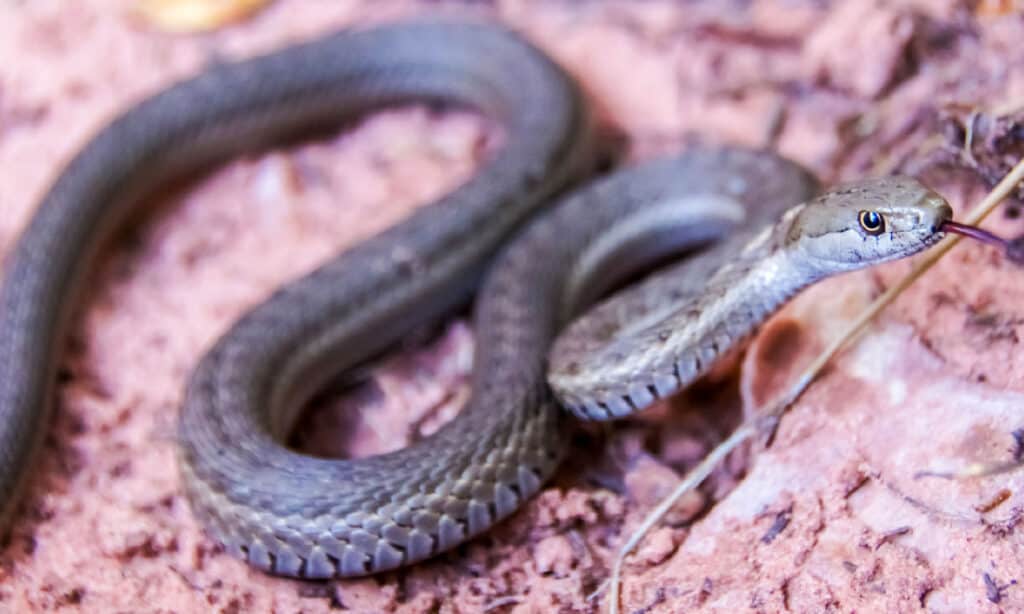
)
©iStock.com/yhelfman
Blending perfectly with grass and moist creek beds, the western terrestrial garter snake is a small, adaptable reptile. Non-venomous and shy, it emerges on warm days to hunt amphibians and insects, especially near Medano Creek or wetlands where prey is abundant. They’re commonly seen from May through early October, basking quietly or slipping away beneath logs and rocks.
Mountain Bluebird (Sialia currucoides)
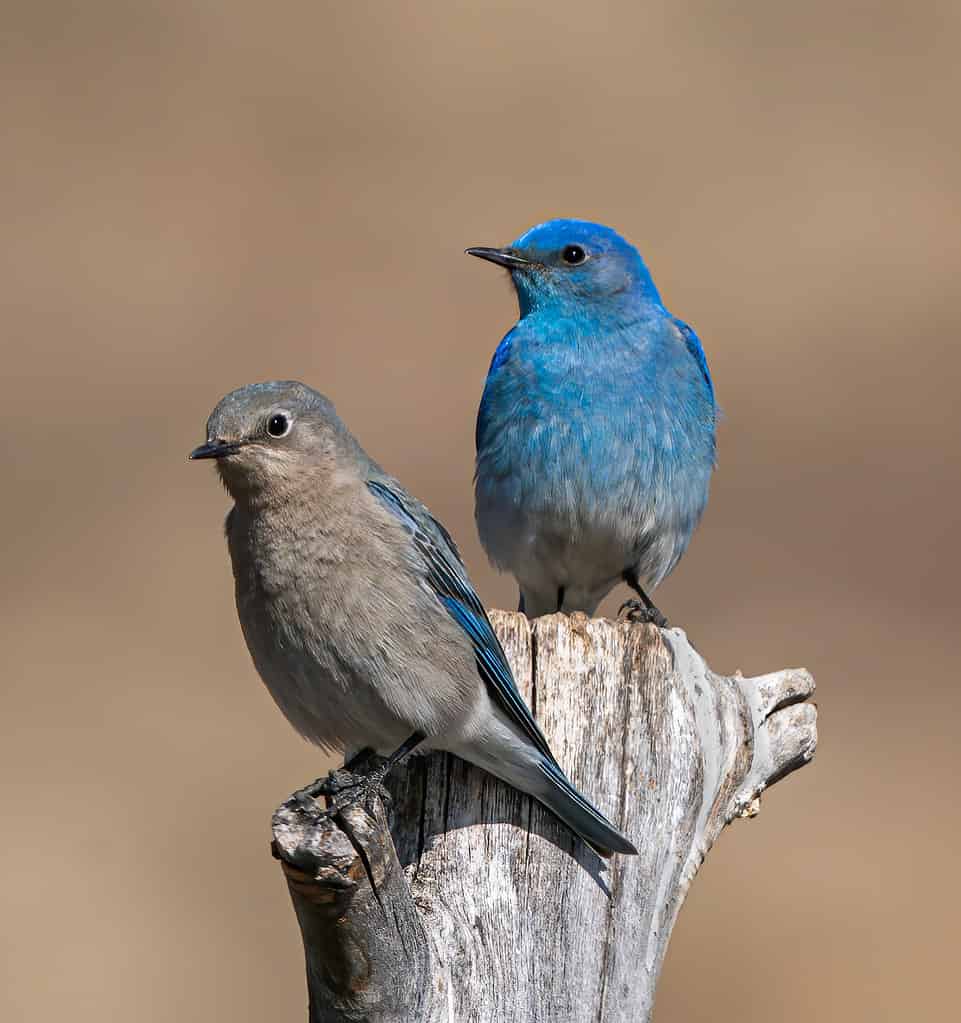
)
©Richard Seeley/Shutterstock.com
Few birds rival the vivid, perfect blue and grey colors of the mountain bluebird. These eye-catching songbirds perch along fence lines and treetops, especially in open fields in early spring. Males have the brighter feathers and are easy to spot against the tawny landscape as they flutter to catch insects or call to potential mates. Early March through June offers the best chance to spot flocks, particularly in areas bordering meadows and streams.
Chorus Frog (Pseudacris triseriata)
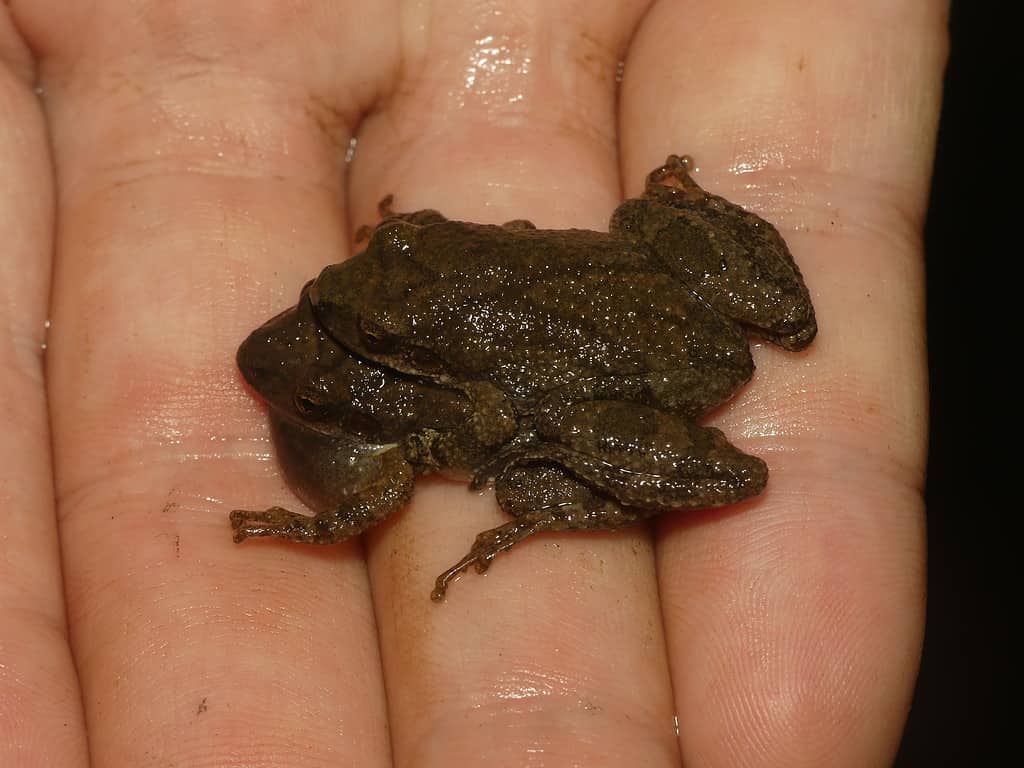
)
After spring rains, the air near temporary ponds and creeks comes alive with the trilling chorus of these tiny frogs. Chorus frogs are diminutive but loud, filling wetlands and floodplains with evening song during breeding season in late April and May. Their camouflage is exceptional, so the easiest way to locate them is often to listen carefully in the twilight.
Pronghorn (Antilocapra americana)

Pronghorn (
Antilocapra americana)
©Jack Dykinga / Public domain, from Wikimedia Commons, the free media repository – Original / License
Often colloquially called “antelope,” pronghorn are swift runners built for the wide-open grasslands that rim the dunes. Watch for small herds grazing at dawn or dusk; their white rumps are highly visible even at a distance. Though cautious, pronghorn are easier to spot from park roads or open flats, especially on quiet mornings in late spring and summer.
Where Sand and Wilderness Meet
Exploring Great Sand Dunes National Park, you’ll come face to face with stark beauty in an arid ecosystem that is surprisingly thriving with life. The park’s blend of sand, water, forest, and sky makes every encounter a reminder of how life thrives in even the most challenging places.
The post Wildlife Watching in Great Sand Dunes National Park: A Complete List appeared first on A-Z Animals.
November 01, 2025 at 05:02PMDrew Wood
.jpeg)
.jpeg)

0 Comments